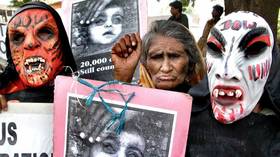Frozen Aftershock: In Nepal, earthquake survivors now battle cold and disease
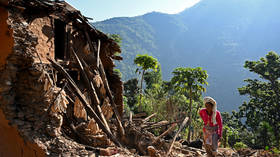
On November 3, 2023, Karne Kami, a 70-year-old resident of Barekot in Western Nepal’s Jagarkot district, was asleep when a 6.4 magnitude earthquake struck. While he and his family were able to flee their collapsing house just in time, they soon found themselves forced to live under a plastic tent.
Within weeks, Kami fell seriously ill with pneumonia. He succumbed to the cold and died on November 25, 2023.
Kamala Mahatra, another 70-year-old from Barekot, had been suffering from asthma when the quake hit and was taking medication. According to Deep Bahadur Mahatra, one of her relatives, after the woman's house collapsed, she took shelter in a tent and her health suddenly deteriorated.
“We tried to get her treated but it was unsuccessful,” he said. “As winter set in and earthquakes occurred, many people faced problems.”
While Barekot was the earthquake’s epicenter, there were no initial casualties, according to Bir Bahadur Giree, chair of the Barekot Rural Municipality. But those who lost their homes and had to live in tents and soon faced a different mortal danger: the harsh Himalayan winter. Barekot reported 26 deaths from exposure to cold among homeless quake survivors.
The most vulnerable were those over 60 and affected by asthma, cancer, and chronic diseases; 18 of the 26 dead were over 60. The problem was the same in other municipalities.
As per data from the Jajarkot and West Rukum districts, about 50 people died from the cold following the earthquake (40 in Jajarkot, 10 in West Rukum). While these figures are disputed by the local police, the local government says the death toll is even higher, even if it is not officially reported.
“If they could have stayed safely at home, they would not have died of the cold,” Dumbar Bahadur Rawat, mayor of Nalgad municipality, said. “Therefore, we count that as the cause of death. All the figures aren't available, and may exceed 100 in Jajarkot alone.”
The earthquake forced 5,586 families into temporary shelters in Barekot. “People face various problems including health and sanitation issues,” Giree said. “The cold weather exacerbates the situation. Permanent housing is urgently needed to save lives but we lack the funds and the central government has not responded.”
According to the National Disaster Risk Reduction and Management Authority (NDRRMA), the earthquake claimed 154 lives and left 364 injured. Of the dead, 102 were in Jajarkot district and 52 were in Rukum district. Additionally, 26,557 households suffered complete damage, while 35,455 homes were partially damaged. Jajarkot and West Rukum were particularly affected, given their hilly terrain. In rural Nepal, homes are typically made of mud, rendering them vulnerable to seismic activity.
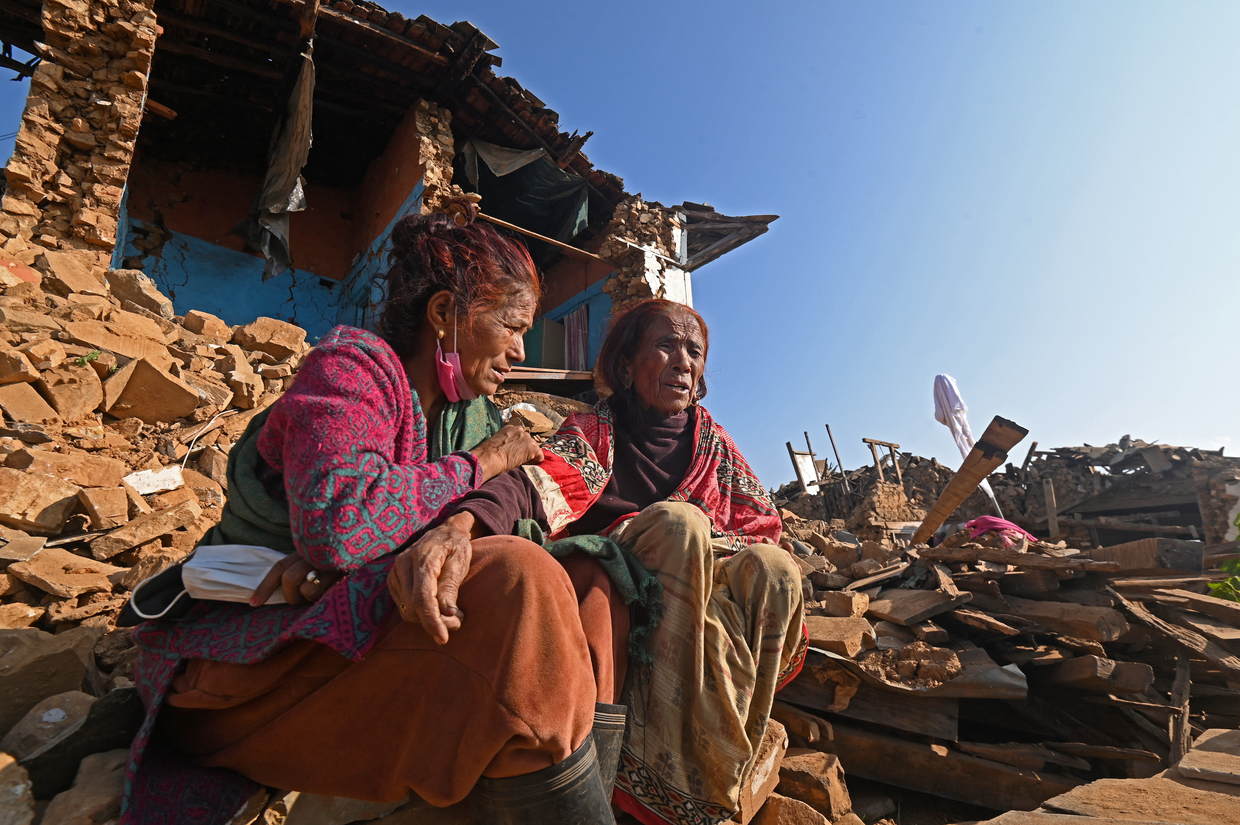
Approximately 200,000 people, including 68,000 children, endured a cold winter in temporary shelters and still require humanitarian assistance to rebuild their lives.
The Nepal government budgeted for temporary shelters. Anil Pokhrel, CEO of the National Disaster Risk Reduction Authority said that although the government allocated $100 million for the construction of temporary housing and works in the earthquake-affected areas, only $1 million has been disbursed so far.
Immediately after the earthquake, different international non-governmental organizations such as UNICEF and Care Nepal, provided tents, food etc. But for the construction and reconstruction, as Pokhrel pointed out, Nepal will require a larger budget, and the government is looking for donors. Still.
Most affected
Dr. Patrickshya Bharati, chief of Jajarkot’s district health office, said the situation has been returning to normal since the beginning of February. “Until a month ago, there was a significant issue with cold-related illnesses,” she said. “People, including pregnant women, the elderly, and children, were suffering from colds and asthma. We reached the villages by organizing health camps and providing treatment.”
According to the local health office, there has been a 30% increase in patients compared to the regular numbers in the ambulatory care unit. Ram Bahadur Rawat, Barekot’s health chief, said that after the earthquake, there was a surge in health issues both at health camps and local health posts. “Cases of cold and cough were higher than usual,” Rawat said.
For those residing in temporary shelters, pregnant women, children, and the elderly are particularly vulnerable. A significant proportion of fatalities affected marginalized classes, particularly those known as Dalits. Of the 154 quake casualties, 81 were children.
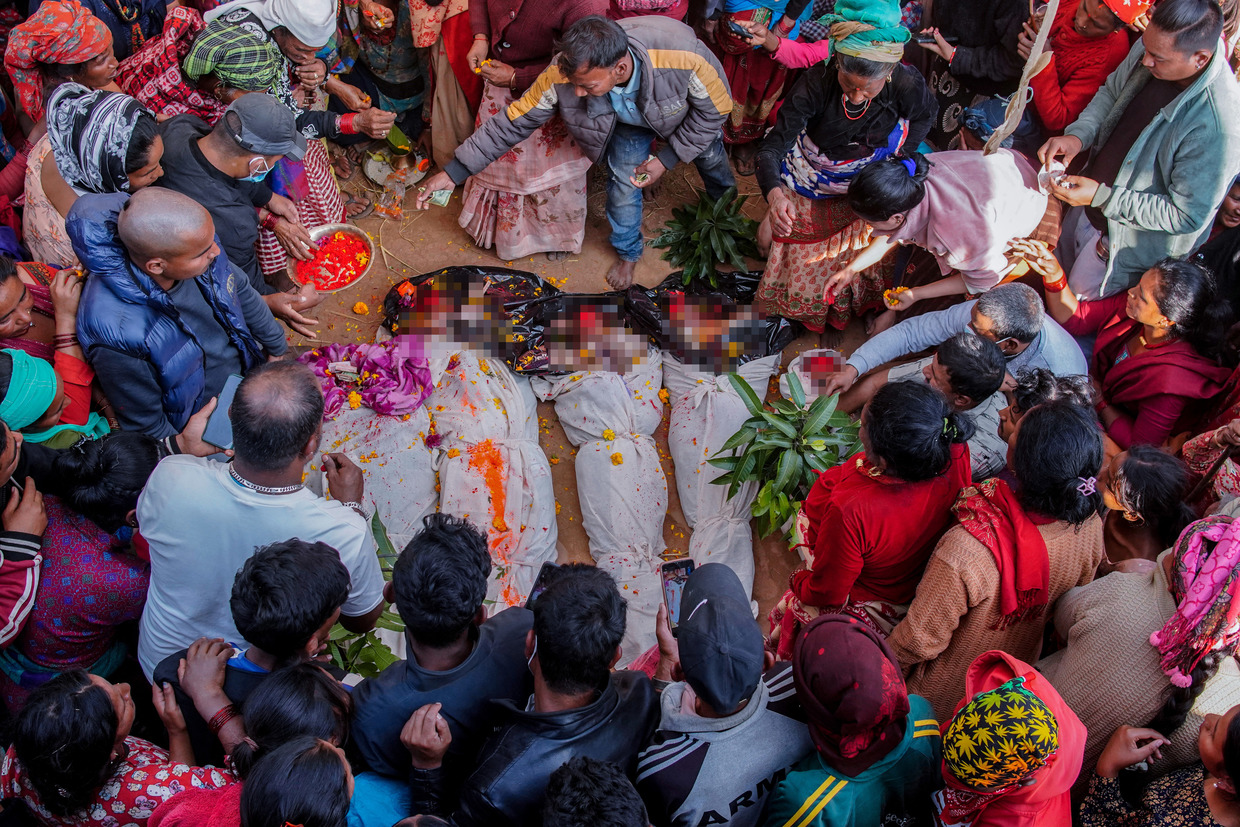
Kalpana Nepali, 24, of Kushe Rural Municipality in Jajarkot, passed away on December 27 shortly after giving birth to twins on December 3, 2023. According to Hari Chandra Basnet, Chairperson of Kushe Rural Municipality, Kalpana’s untimely demise could have been prevented had she not been forced to live in a plastic tent, deprived of proper care and nutrition.
Similarly, Sarmila Biswokarma, 25, from Nalgad, succumbed to pneumonia on November 26, just a month after giving birth. Tej Bahadur Singh, Chairperson of her ward, expressed remorse over the inability to provide adequate shelter for pregnant women, acknowledging the tragic consequences.
Impact on children
Low birth weight babies are being born in earthquake-affected areas. According to Bharati, over 12 cases have been reported so far. “It may be due to the lack of nutrition in pregnant women,” she said. “They must take iron supplements, but after the earthquake they did not have access.”
On November 19, 2023, Laxmi Mohar of Nalgad gave birth to a baby weighing 2.1 kilograms. Tapta Bahadur Canara, a health assistant, reported that 17 cases of low birth weight babies have been recorded in his municipality so far.
Senior gynecologist Dr. Madhu Shrestha said a child’s birth weight should ideally be at least 2.5 kilograms. “This situation has been observed in earthquake-affected areas, and it is primarily due to malnutrition,” she said. “A low birth weight baby may develop problems such as asthma, cough, pneumonia, and diarrhea. In such cases, special care should be given to the child.”
Nalgad in particular has been providing special care for low birth weight babies.
According to a study by Nepal’s National Women commission (NWC), 16,127 children under five and 4,067 pregnant women are affected in the two districts. The study says 3,781 senior citizens, 596 chronically ill persons, and 516 disabled were affected by the quake in those districts.
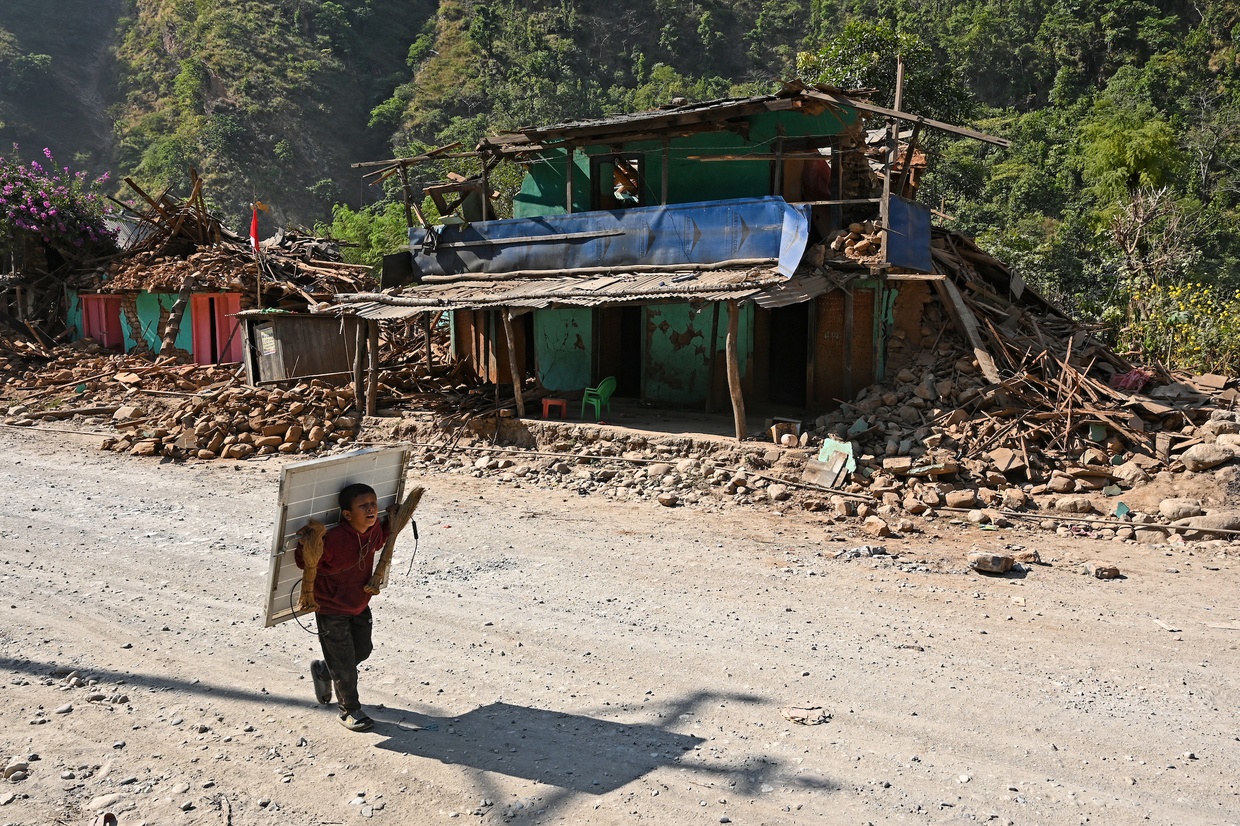
Rebuilding infrastructure
The earthquake caused extensive damage to 898 school buildings, affecting the education of approximately 134,000 school-aged children. Although over 17,000 children have since returned to school, the disruption to critical services remains a concern.
Furthermore, the earthquake inflicted severe damage to homes, schools, health facilities, and water supply infrastructure, exacerbating the humanitarian crisis. Despite support from various countries and international non-governmental organizations (NGOs), temporary settlements have proven inadequate for long-term recovery.
According to the Ministry of Home Affairs, an estimated $500 million is required to rebuild infrastructure, including government offices, schools and health facilities, as well as 95,787 homes. However, the Nepal government has yet to commence the rebuilding process, prompting local government representatives to demand immediate action.
Giree emphasized the critical need for permanent shelters to prevent further loss of life among earthquake survivors. “If the people cannot be kept in permanent houses, more people will die due to cold and other diseases than due to the earthquake,” he says. “We have to connect with people as local government, on a daily basis. Monsoon (season) will start soon and things will get more difficult.”
